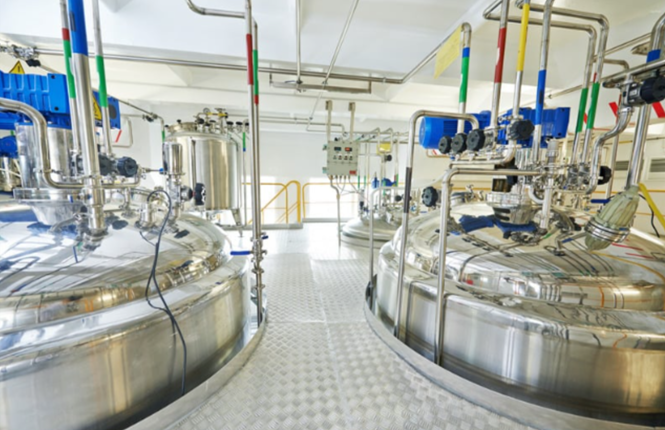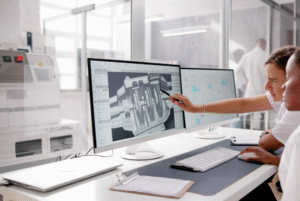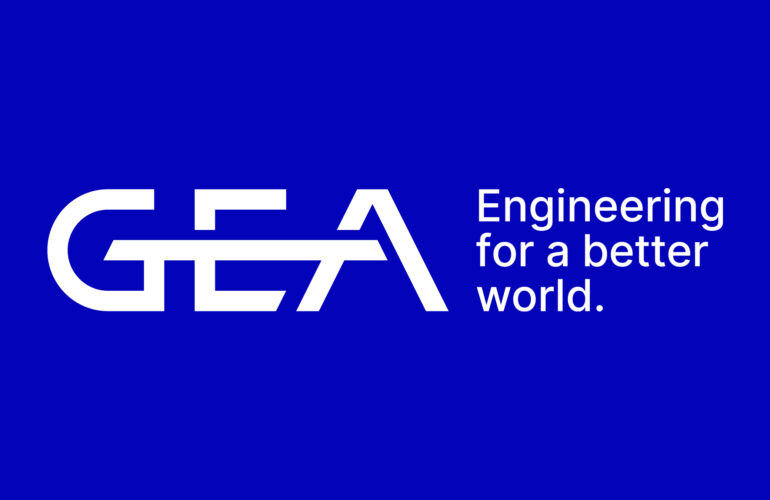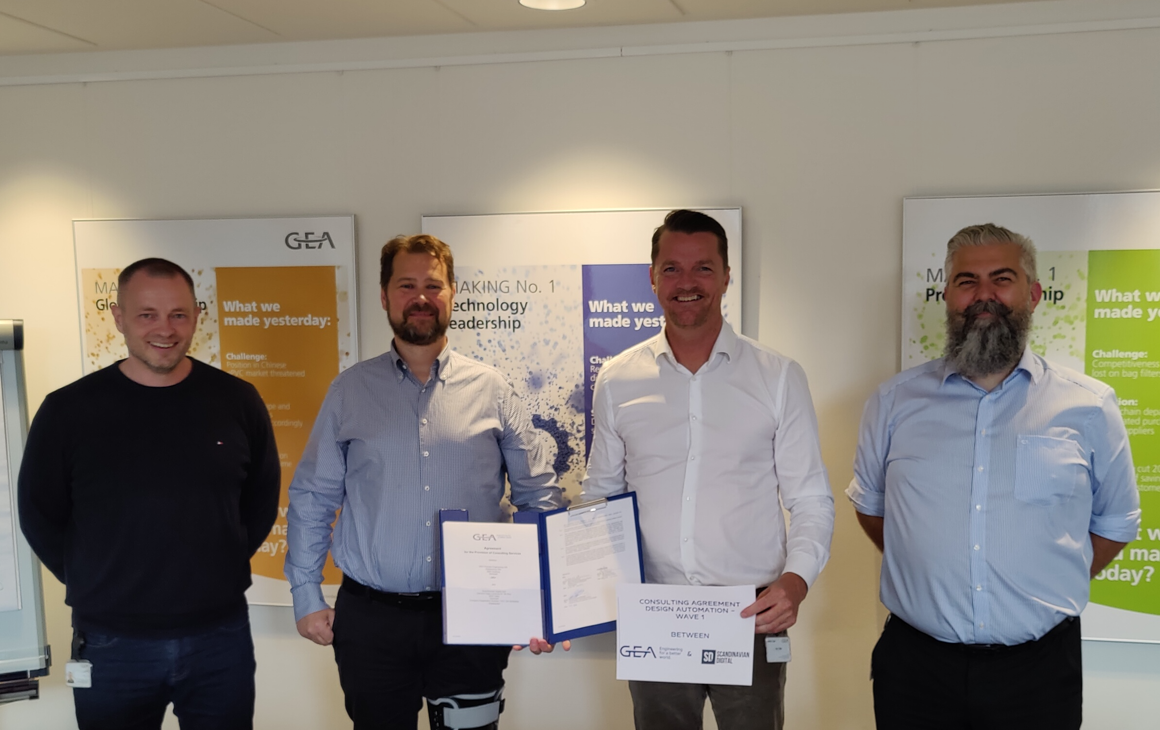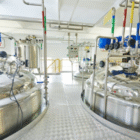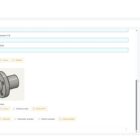Customer Case – Automation Success in the Process Manufacturing Industry
How a Global Industry Leader Cut Engineering Time and Bridged Sales–Engineering Collaboration with Symbolic AI in Product Specification
Client Background
Our client is a global technology company that develops advanced systems and equipment for process industries. With a strong worldwide presence, it is recognized for its engineering excellence and focus on reliable, high-performance solutions.
Our global team, working together with the client’s teams in India and in Denmark configured several products, covering cyclones, dispersers, fluid beds and bag filters. The long list of products in the portfolio all require a high level of engineering and customization to meet customer-specific requirements.
The Challenge
As with many complex engineering-driven organizations, the client was facing structural inefficiencies that were slowing down delivery and impacting the quality of delivered products. Key issues included:
- Inconsistent documentation and inaccuracies in bills of materials
- Lengthy lead times for generating technical drawings
- A frequent disconnect between what was quoted during the sales process and what could be produced within technical constraints
These challenges not only increased operational costs but also placed a heavy burden on the engineering department, which had to spend valuable time correcting and reworking data and designs.
Showing their expectation with the project and with our CONFIG2 platform the client stated that:
“We are looking for repeatability, scalability to support our product portfolio, also flexibility, a 24/7 online configurator and a team to provide a quality product through up-to date engineering process and tools.”
Client Project Manager
Our Approach
To address these issues, Scandinavian Digital implemented its five-phase rollout model over the course of a year. The program was designed and executed in close collaboration with the client’s cross-functional team, including product managers, engineering teams and product specialists. This ensured a high degree of alignment across departments from the very beginning.
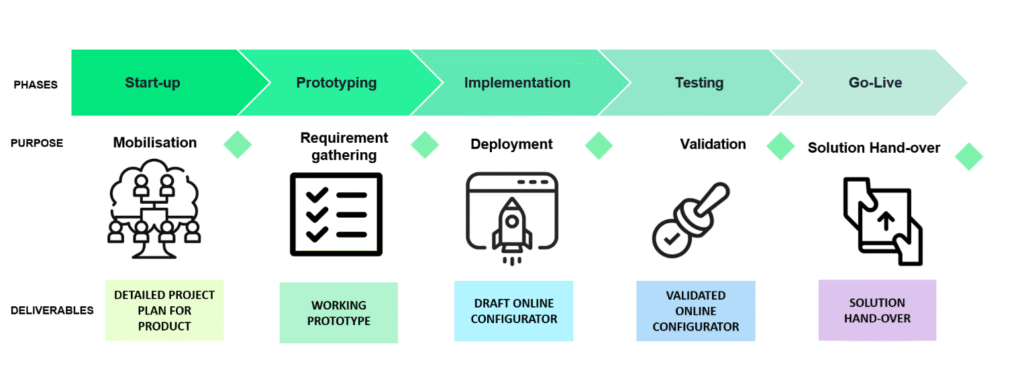
Main Obstacles Identified
During the initial assessment phase, several systemic issues became clear:
- Product rules were undocumented or scattered across departments
- Communication gaps existed between sales, engineering, layout designers and procurement
- There was no standard process for translating customer requirements into technically feasible solutions
- Engineering bottlenecks since few key resources possessed critical product knowledge
The Solution
To overcome these challenges, Scandinavian Digital delivered an end-to-end solution that included:
- Automated generation of 2D CAD drawings and 3D CAD models
- Server-side modelling through CONFIG2 for centralized rule and logic management
- Standardization of modular components across product families
- A symbolic AI-powered product model to capture continuous learning, validation, and refinement of rules
Running the configuration model on the server through CONFIG2 provided the client with a scalable, flexible architecture that significantly reduced the workload on the engineering team.
“This project was a great example of what can be achieved through close collaboration and mutual trust. Thanks to our strong partnership with the customer, we not only delivered a successful engineering solution but also helped save significant hours through smart, efficient design. Success like this is always a team effort.”
Project Manager, Scandinavian Digital
Deliverables and Results
The impact of the solution was substantial. Key achievements included:
- Reduction in engineering hours by 80 to 95 % on the products in use and the same estimation for the remain products removing engineering bottlenecks
- Introduction of a smart configurator with built-in product constraints securing technical feasible products are sold
- Delivery of validated, consistent, and complete technical documentation to secure product knowledge is captured
- Reusable automation logic that enhanced stability and speed.
Full alignment between the sold product and the technically feasible solution is the main deliverable, before the miscommunication and the lack of proper documentation prevented end-to-end alignment.
Rather than us telling what was delivered and the value it brought, we believe the best way to show it is through our client’s own words, here’s their feedback: We achieved an overall reduction in engineering effort and lead time, along with improvements in three key areas: quality and documentation, standardization and flexibility, and data reporting and quality.
It is important to highlight that this was presented as a customer case by the client’s project manager, showcasing the project delivered during an event to a large audience.
Business Outcomes
The engineering team is now equipped to deliver high-quality, technically accurate designs at speed. Internal collaboration has improved, with a shared understanding of constraints and deliverables across sales, engineering, and procurement. The solution not only resolves current inefficiencies but also provides a strong, scalable foundation for future digital transformation initiatives.
To conclude this absolute success, our PM comments on our delivery:
“Our proven project management framework, combined with deep experience in configuration projects, ensured full control of scope, schedule, and resources. By applying structured methods and industry know-how, we delivered the project within target and on time — with no surprises.”
Project Manager, Scandinavian Digital

